Popular manufacturers
There are many reading magnifiers available in optical stores today. It is worth stopping your gaze on some of the popular manufacturers.
Manual magnifier of the Feodosia Optical Plant LPPP 4x / 56 mm. The instrument has 4x magnification and a 56mm diameter double polymer lens. The lens itself is built into the structure, and the long handle fits comfortably in the hand. The model also has a special protection against dust adhesion. Small dimensions (177x67x19 mm) and low weight (50 g) make the magnifier very convenient to use and transport. The disadvantage of the device is the plastic case and the lack of backlighting.
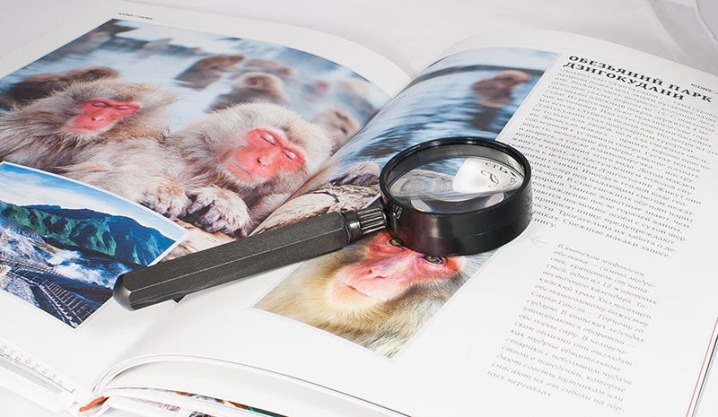
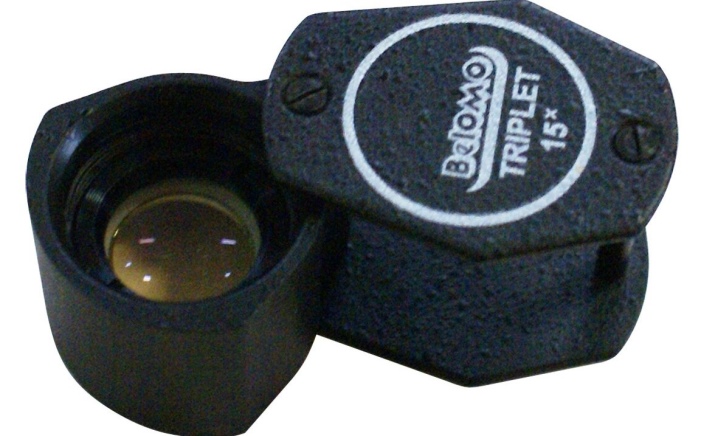
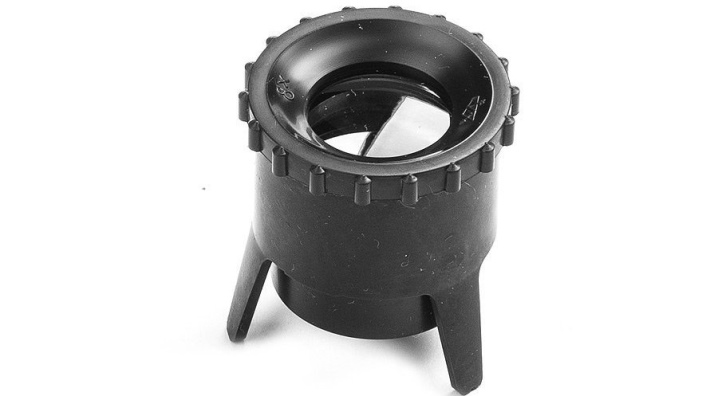
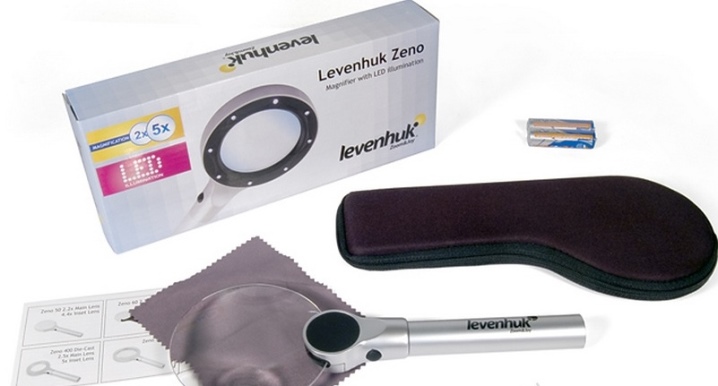
What are they?
Reading magnifiers are divided into different categories, depending on their design and purpose. There are such types of loops.
- The device is in a frame-holder. The design can be flexible or rigid.
- Table magnifier with support for reading at the table.
- Illuminated device.
- Rectangular and square appliances. The first type of fixture is attached to a page of a book or A4 document. The luminous flux falls along a vertical guide without any reflections and shadows. Square magnifiers have a flat surface with a plastic lens. They can be used as bookmarks for books. Plastic magnifiers are much cheaper, but they have only one drawback - the surface is quickly scratched.
- Pocket fixture. It looks like a keychain.
- Square lenses.
- Electronic loupes have a high magnification factor - up to 25 times. Some devices are equipped with a stand, which allows visually impaired people not only to read, but also to write.
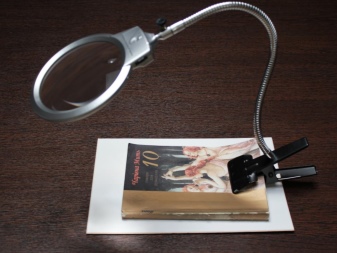
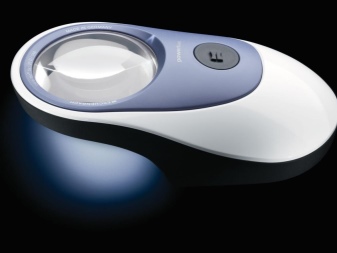
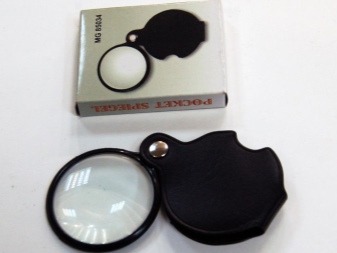

What to consider when choosing?
The main selection criteria are the parameters of the device.
- Focal length. The parameter is determined by the distance between the eye and the magnifying glass and provides comfortable reading with a wide coverage of the visual field.
- Magnifying ability. The optimal viewing distance is 25 cm. It is problematic for the eye to focus on an object that is closer than 25 cm. The magnification ratio is calculated using the formula: MP = 250 / FL (MP - magnification, FL - focal length). All values are measured in millimeters.
- Material and finish. Lenses are made from plastic, glass and acrylic polymer. Plastic quickly deteriorates, scratches appear. Glass is a more reliable material, but these magnifiers are very heavy. The hand gets tired quickly while reading. The best option is polymer lenses. These lenses are specially coated to reduce distortion and loss of light in poor lighting conditions.
- Convenient design. The type of construction is selected individually. Some people like light hand-framed magnifiers, others prefer tabletop models for reading at the table.
- Depth of field. The value is determined by the distance from the nearest point to the extreme point. Within the value, the loupe remains in focus at a fixed position.
- Field of view is the area of the surface of a page that is fully visible through an optical instrument. For viewing large A4 pages, devices with a low magnification are chosen. Magnifiers with greater magnifying ability are used when reading small sections of text.
- The working distance is determined based on the purpose of the device. For reading, it is better to use devices with a high magnification and a short working distance, which will allow you to see the smallest text.
- Number of lenses. Some models have up to 3 lenses for better resolution and chromatic aberration correction.
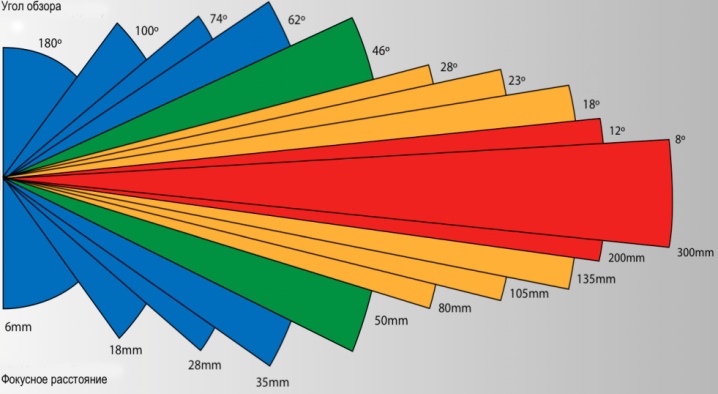
How to choose the right magnifier, see the next video.
